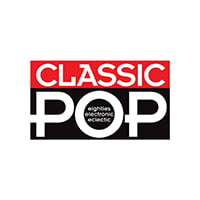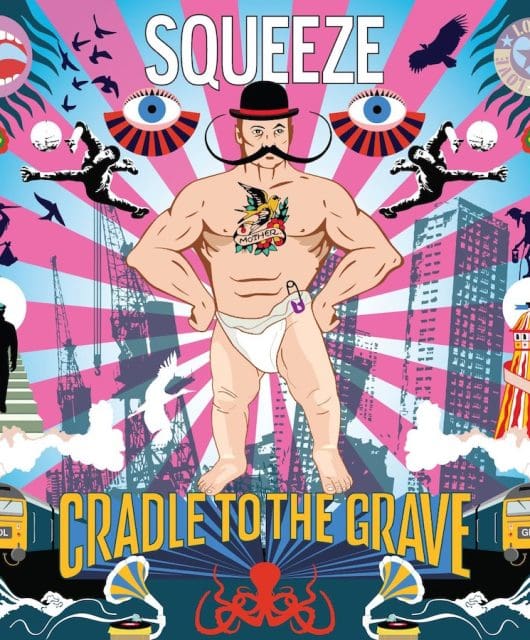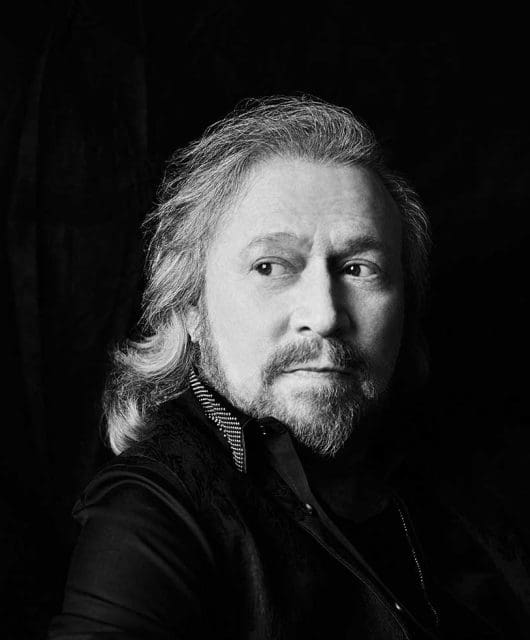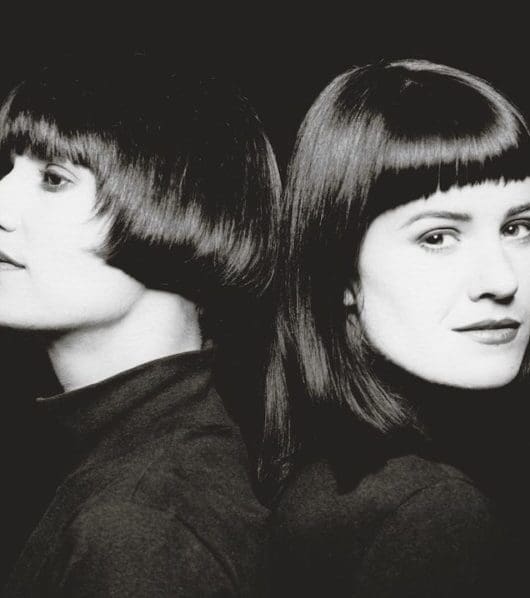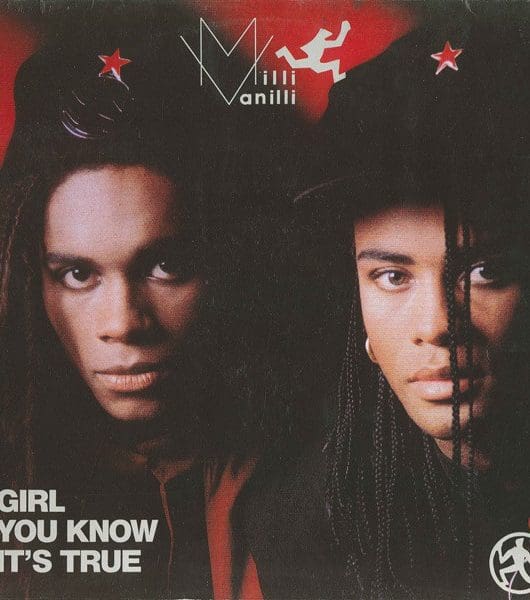Adam Ant interview: “I’m proud of the fact that we actually got a record like Kings Of The Wild Frontier”
By Classic Pop | March 24, 2023
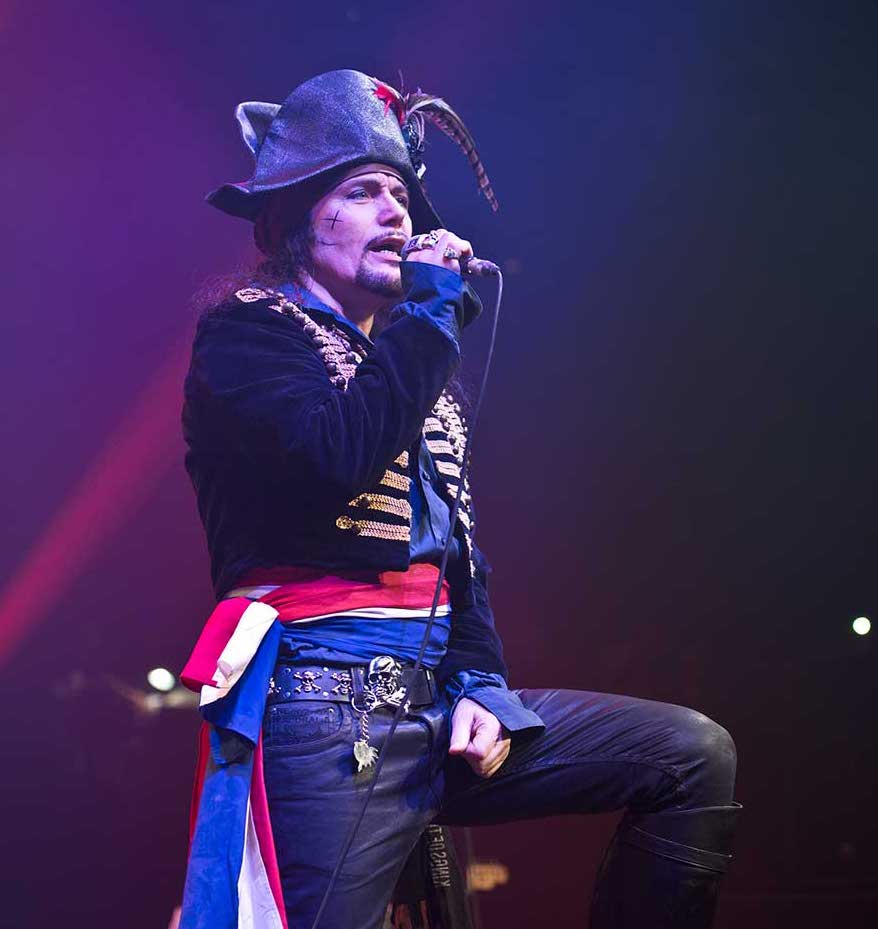
In 2017, Eileen Shapiro caught up with the mighty Adam Ant to talk about his extraordinary career… (and his landmark album Kings Of The Wild Frontier)
Outrageously daring and devilishly flamboyant, Adam And The Ants became overnight pop stars after performing Dog Eat Dog on Top Of The Pops in October 1980.
Lifted from their second album Kings Of The Wild Frontier Adam And The Ants would go on to dominate the charts with a string of iconic hits. Between 1980 and 1984 Adam scored 10 UK Top 10 hits including three No.1s.
Leading the charge was the enigmatic frontman Adam Ant – the ‘Prince Charming’ poster boy of the post-punk movement.
“I think punk had become very much a caricature of itself,” says Adam. “It was very grey and very political. The kids were all wearing the same kind of drab outfits.
“I’ve never been a political artist and I think the scene had become quite excessively violent. The gigs were certainly more violent because of that, and it was just not enjoyable.
“Post-punk brought out some interesting music but I felt that I just needed a way to suddenly make it a bit more colourful.
“Up until that point I’d only used black and white in the graphics – in the handbills and record covers and stuff like that. I suddenly just wanted to do the opposite of that, something heroic and celebratory, really.
“That’s where Kings Of The Wild Frontier came from. I wanted to be like a king, not just some guy hanging on the corner moaning about everything, spitting, and wearing safety pins.”
THAT MUSIC’S LOST ITS TASTE
Kings Of The Wild Frontier was not only a sudden burst of colour and reflected a change in attitude, it also signalled the rebirth of The Ants after Adam had his pockets picked by producer Malcolm McLaren.
Following the release of the starker 1979 debut Dirk Wears White Sox, McLaren persuaded guitarist Matthew Ashman, drummer David Barbarossa and bassist Leigh Gorman, to leave The Ants and form Bow Wow Wow.
Was the heartbreak of Malcolm McLaren stealing your band worth it?
At the time it was devastating. There’s one thing a band splitting up, but we were buddies and there was a camaraderie. That all came into question and I think Malcolm saw a situation where he could conveniently get a really good band to back up the ideas that he had.
We’d all sit around listening to hours and hours of Malcolm’s philosophy and how he talked about taking rock’n’roll back to its basics. He played us all kinds of records from Django Reinhardt to Charlie Parker. Malcolm had all these various ideas in his head.
He’d talk to you for an hour on something, and if you were lucky you would understand a minute of it. Turning those kinds of ideas into reality involved a lot of work. I just sat there and listened, and it sparked off certain directions for me.
What he was talking about in those meetings is pretty much what you hear when you hear the Bow Wow Wow sound.
A lot of water has gone under the bridge since then, we have made up and everything, but it was devastating on a personal level.
On a professional level, it turned out to be pretty good for both parties. We were very close, doing our thing, and then someone else came in and started casting doubts among us. That created a kind of mutiny if you like.
They did Bow Wow Wow, which I thought was a really good project and sounded great, and I did Kings which was my view of things.
WE’RE GONNA DRESS SO FINE
Bruised by the experience, Adam escaped to a remote studio in Wales with a new-look Ants which included Kevin Mooney (bass), Merrick (drums), Terry Lee Miall (drums) and new writing partner Marco Pirroni (guitar). It resulted in the game-changing Kings Of The Wild Frontier.
When Antmusic first came out it was revitalising and refreshing. How is it that Kings Of The Wild Frontier still sounds so relevant?
Having had that break up after the Dirk… album, with the original band going off to do Bow Wow Wow, I just wanted to get this new record done so it was really grabbing the opportunity to make it sound the way it was in my head. I had ideas regarding the percussion and vocals, plus all the tribal influences that I’d been listening to.
It would have been a lot quicker to make the album now, because you could just double things up in the studio but it was actually a very traditionally-made album, just done by us in the studio hitting bits of wood and anything that we could find to get that sound.
There are 30 layers of vocals on it, which I did, so it really didn’t fit into that idea that Malcolm wanted. As I said, the main thing was to get the record out of my head sounding like I wanted it to sound … the record that I could hear.
We all got in the mixing room and it was very much an experimental sound and I didn’t consciously think ‘this is going to change everything’.
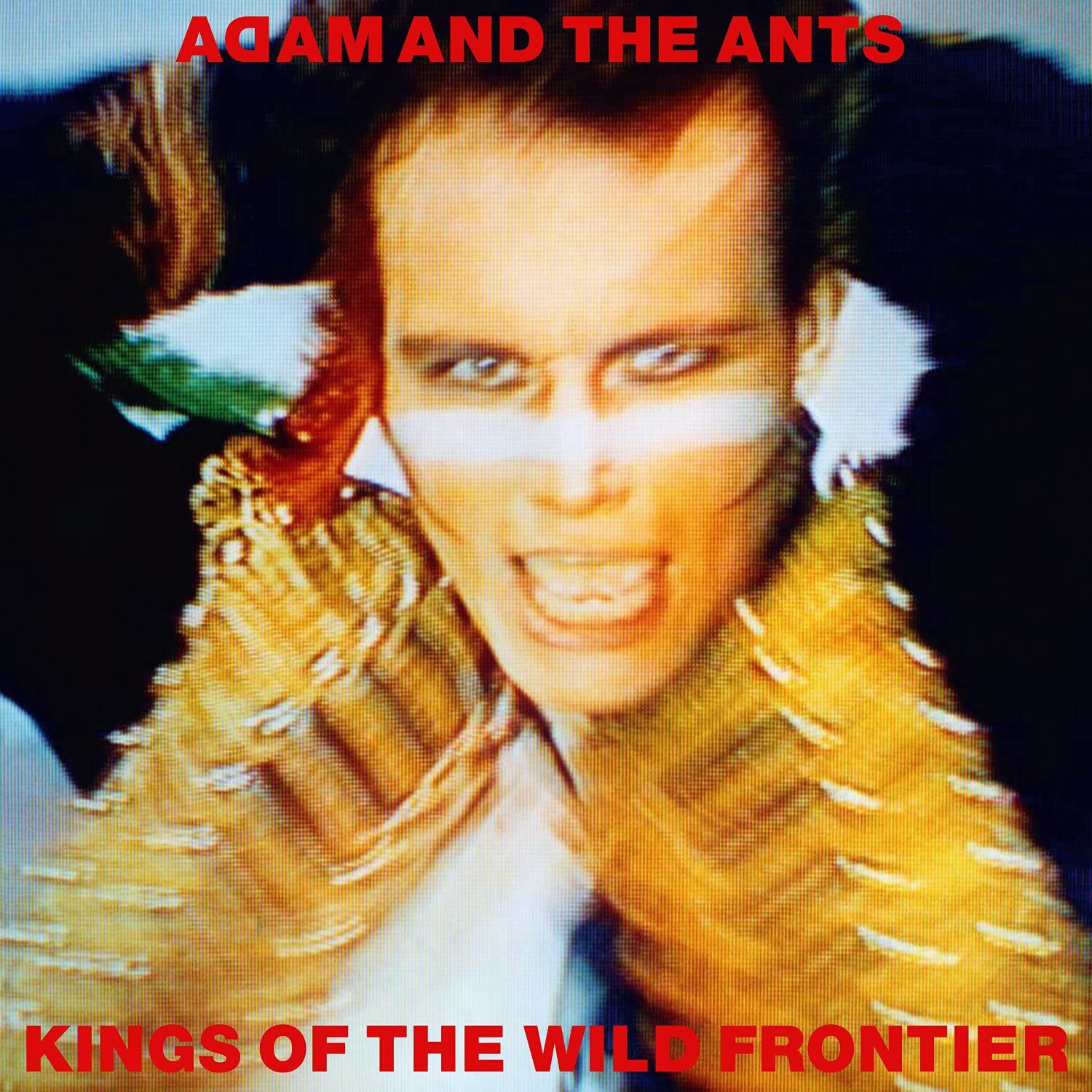 The first track, Dog Eat Dog, encompassed everything. That was the first track with all the vocals and that crashing sound.
The first track, Dog Eat Dog, encompassed everything. That was the first track with all the vocals and that crashing sound.
It had all the arrangements with the two drummers and I thought, ‘Ah! Ok, this is the blueprint here,’ so we basically applied the same kind of premise and approach to the rest of the album. Having cracked it on one track, you then take it to the other songs.
Fortunately, we were then able to produce a record in one go. We were going into work every day and really doing it with no distractions whatsoever so in a way I think it benefited from that. I didn’t say it was finished until it was really finished.
It was not a particularly expensive record to make; it was just a lot of energy that went into it. I’d waited a lot of years to get the opportunity to get that done.
Having drummer Chris Hughes behind the mixing desk played an important part as well. It wasn’t like bringing in an outside producer to put their mark on it. He knew what we wanted because he was playing drums every night on the songs.
We all had a good idea of what we were after. It wasn’t like when you sometimes bring in a ’name producer’ who will make some good suggestions and also make some suggestions that might change the thing completely. We didn’t have that and I think that was why maybe it has lasted – because it’s a time capsule.
I SPEND MY CASH ON LOOKING FLASH
Kings Of The Wild Frontier was released on 3 November 1980 by CBS Records and went on to top the UK album chart. With a bold and bombastic new sound came an equally ambitious and effective look.
Kings… came with a bold new look and sound. Why do you think it was such a landmark event?
There was an effort to make it look as good as it sounded. There was always that element to early punk rock. The work that Malcolm and Vivienne [Westwood] were doing in the clothing store SEX and World’s End was very influential.
Those clothes were expensive, it wasn’t tacky, there was always a sense of what one would say is a sartorial correctness about it.
After the record had been made I wanted to produce something that looked like it was made by the guys onstage, so there were certain influences there and I think that we were able to project it on to the stage through makeup, clothes and attitude.
The attitude was always there. On our own, we were like buccaneers. The thing was you’d dock the galleon, go in and just grab everything you could put on – so the jacket was almost as if I’d taken it, put it on and run off with it.
It was all that kind of playful, heroic thing: The Highwayman, The Buccaneer, and The Native American Indian, which I always felt was glorious and certainly an iconic image. That appealed to me growing up and still does as an adult. It was that kind of feel for me.
A NEW ROYAL FAMILY, A WILD NOBILITY
What was to follow became affectionately known as “Antmania”… an Ants Invasion if you will. With their extravagant videos, the ever-effervescent Adam And The Ants followed Kings Of The Wild Frontier with another highly successful album, 1981’s Prince Charming.
The album featured two No.1 singles in Stand and Deliver and Prince Charming as well as the Top 10 hit Ant Rap.
Ant’s works have earned him a Brit Award for best album; an Ivor Novello for best songwriter and in 2008, Adam was presented with the Q Music Icon Award placing him alongside fellow recipients Paul McCartney and Bryan Ferry.
Despite a lengthy spell of near-inactivity spanning the late 1990s and 2000s, he made his live comeback in 2011.
Do you recall your proudest moment as an artist?
It’s not necessarily about the awards and stuff like that. With the band it was just really getting the records out there with a major label. It’s nice to have the hits and everything, but I think being asked to do Motown 25 by Berry Gordy was, on a personal level, one of my proudest moments.
Being asked to do that show was a great compliment. I still don’t know why they asked me but they did! Sharing the stage with Marvin Gaye was a real highlight. He came to my dressing-room and knocked on my door.
I opened it up and he was standing there in a white suit and said: ‘Hello I’m Marvin Gaye’, all I could say was: ‘I know who you are!’ That was a dream-like moment, working with all your heroes that you’ve grown up with. It was nice, a great feeling.
We were pretty much the outsiders, and I’m proud of the fact that we actually got a record like Kings Of The Wild Frontier together, with all its different ideas musically.
It’s a hybrid that works. It was distinctive, people of all ages and all backgrounds seemed to go ‘Ooh!’ It took us by surprise. It was a proud moment to actually get it in the shops and get it out to people.
DON’T YOU EVER STOP BEING DANDY
Live, Adam Ant has always been the consummate showman. Having toured Kings Of The Wild Frontier across the UK, US, Australia and New Zealand, Ant is back with his Adam Ant Anthems – The Singles Tour 2017.
Delighting audiences young and old, the tour is a retrospective showcasing Adam’s impressive back catalogue of material, including hit singles, B-sides and personal favourites.
What do the live shows mean to you?
I think, as a live artist, you get a certain feeling every time you go on stage. It’s very raw and intimate, and I feel very privileged to make a living out of doing it. It’s basically showing off and people seem to enjoy it.
When I come off stage I’m completely exhausted – you’ve given everything you could give and hopefully the audience is as exhausted as you are. It is a great moment and a good feeling to go to bed with that ‘Oh wow!’ feeling in your mind and then get to do it all again.
Thank you to the fans, I’ve tried to tour with every record, and I think Kings… deserved to be taken out and played in its entirety.
It’s completely different performing an album in its entirety in sequence, because you know that the audience knows the sequence and that they know the album.
Actually playing it live is a real challenge and you really get the best out of a record. It was nice to do Dirk Wears White Sox and having done Kings… I think the response was very, very good indeed.
But with this tour I’m doing all the anthems – the singles and the B-sides. I’m getting them up to scratch and it will be nice to do, I haven’t done it before.
It’s never been a chore for me, it’s always been work, and I love my work.
- Want more from Classic Pop magazine? Get a free digital issue when you sign up to our newsletter!
